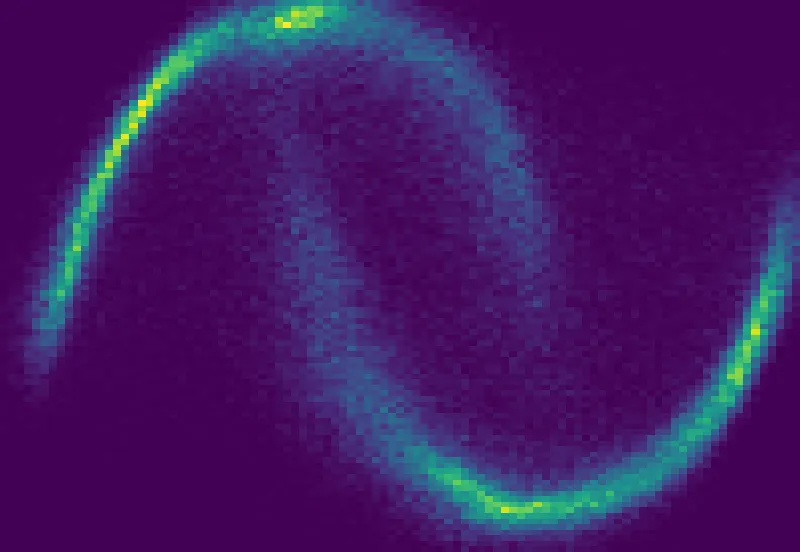Unlocking Data Generation: Hierarchical Flow Matching with Mini-Batch Couplings

In the realm of generative modeling, a groundbreaking study from researchers at the University of Illinois Urbana-Champaign introduces an innovative technique known as hierarchical rectified flow matching. This method enhances data generation by effectively managing the complexity of multi-modal velocity distributions through mini-batch couplings. This novel approach redefines how we generate and transform data, ushering in a new era of efficiency and quality in generative modeling.
Understanding Flow Matching
Flow matching has garnered considerable interest for its ability to generate high-quality data across various fields such as computer vision, robotics, and even computational biology. The underlying principle involves dynamically transforming data from a known source distribution to a target distribution using ordinary differential equations (ODEs). However, traditional methods faced limitations in capturing the diversity, or multi-modality, inherent in complex datasets.
Recent advances led to the introduction of hierarchical flow matching, which involves using a hierarchy of ODEs to better model the multi-modal velocity fields. Essentially, this approach allows for more nuanced data generation but previously struggled with maintaining the complexity evenly across all levels of its hierarchy.
Embracing Complexity Through Mini-Batch Couplings
The authors of the study propose an intriguing solution: mini-batch couplings. This technique involves sampling not individual data points but batches from both the source and target distributions, allowing for more effective coupling. By adjusting the complexity of the velocity distributions at different hierarchy levels, mini-batch coupling enhances the model’s ability to capture this complexity while improving the data generation quality.
An intuitive example is when the mini-batch size is set to encompass the entire dataset, leading to a simplification of the modeled distribution to a uni-modal state. This significant shift results in clearer, more efficient data generation, especially when the number of function evaluations is limited.
Exciting Results Across Datasets
The researchers conducted extensive experiments with both synthetic and real-world image data, showcasing the performance improvements achieved through hierarchical flow matching with mini-batch couplings. For instance, when tested on synthetic datasets, the new method consistently outperformed traditional flow matching techniques. It was able to generate more accurate representations of target distributions while requiring fewer computational resources.
Not only did hierarchical flow matching demonstrate enhanced scalability, but also the ability to produce high-quality results even in low-function evaluation scenarios, hinting at its practical applicability across various industries.
A Step Towards Future Applications
The implications of this research extend far beyond the experimental phase. With its potential application in scientific modeling, simulations, and even complex systems like healthcare and drug discovery, this method of hierarchical rectified flow matching could dramatically reduce the time and complexity involved in generating accurate data. As industries continue to grapple with the vastness of data, such innovations pave the way for efficient data management and generation strategies.
The findings from this study highlight a significant leap in generative modeling, promising advancements that could revolutionize how we think about and implement data processing in complex, multi-modal environments.